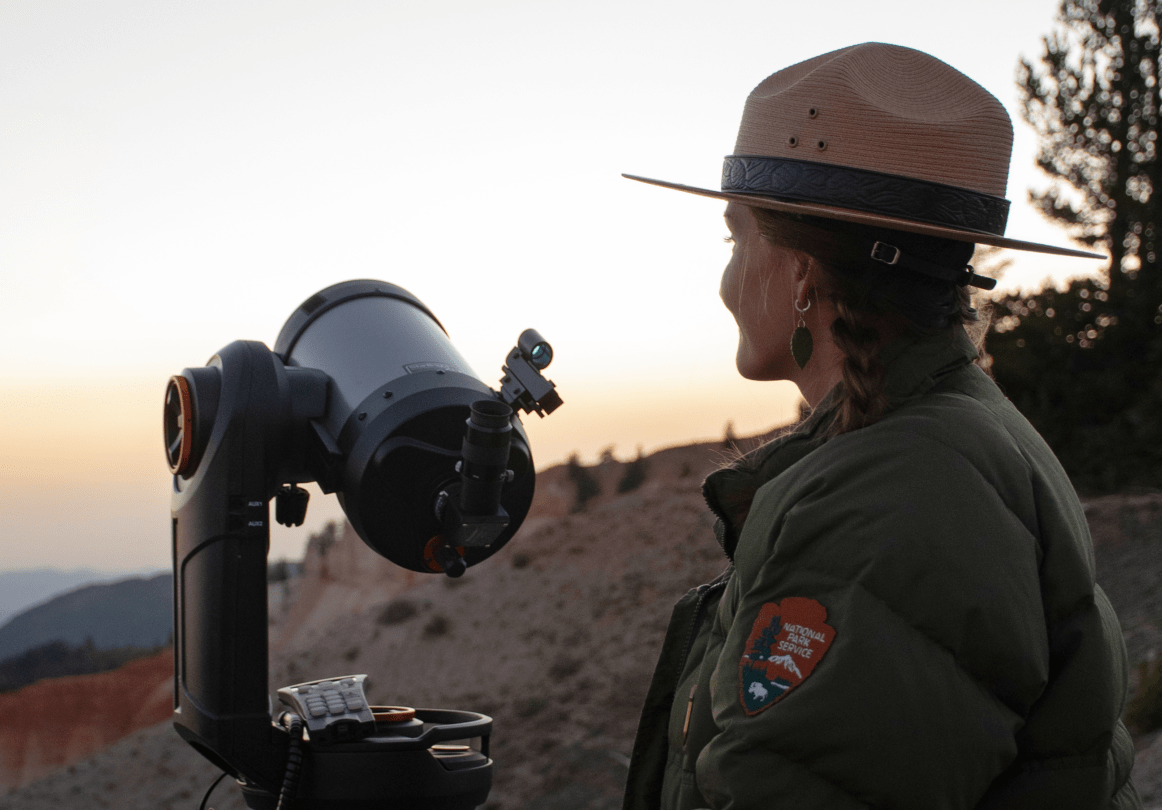Dark Skies at Cedar Breaks
$45,000 Needed
From ancient mariners to modern-day physicists, the night sky has inspired star gazers for generations. Today, astronomy ranger programs are some of the most popular programs in the National Park system. Cedar Breaks National Monument, one of the first Utah national park units to receive International Dark Sky designation, is one of the best places in the state to enjoy the night sky and learn about it from specially trained rangers and scientists.
However, artificial light use is rapidly growing throughout Southern Utah and is threatening the unspoiled view of the stars, even in high-elevation locations like Cedar Breaks. Monitoring the effects of this light on the monument’s night skies is key for park and community leaders to make informed decisions for the future. Your support will help fund the research and resources needed to monitor this ongoing issue. With your support, a Dark Sky Coordinator will complete light readings at different points within the monument to acquire baseline data, as well as take a reading from a stationary unit at the visitor information center every night. The National Park Service staff will use these readings to consider options to reduce their artificial light use in Cedar Breaks itself and share actionable information with park neighbors. Additionally, these light readings will help park rangers teach the public how small changes can have big effects on the night sky in the park and at home.
Educational programs at the park not only teach visitors interesting facts about astronomy, but also inspire visitors to treat our night sky as a sensitive resource that deserves the same protection as the plants and wildlife. The program also provides an opportunity to interpret the constellations from multiple perspectives allowing park rangers and tribal members to share the many different cultural stories associated with the stars.
Your gift to the Forever Project will mean funding to sustain and enhance the high-quality dark sky experiences at Cedar Breaks National Monument, helping them hold their place as a leader in night sky preservation and education throughout the region.

